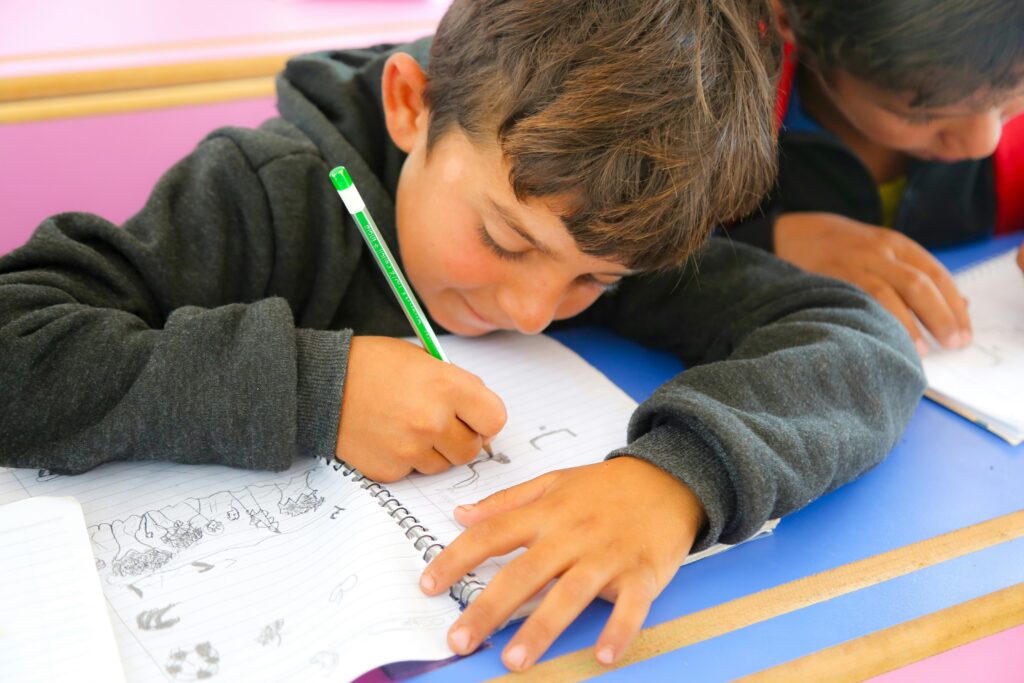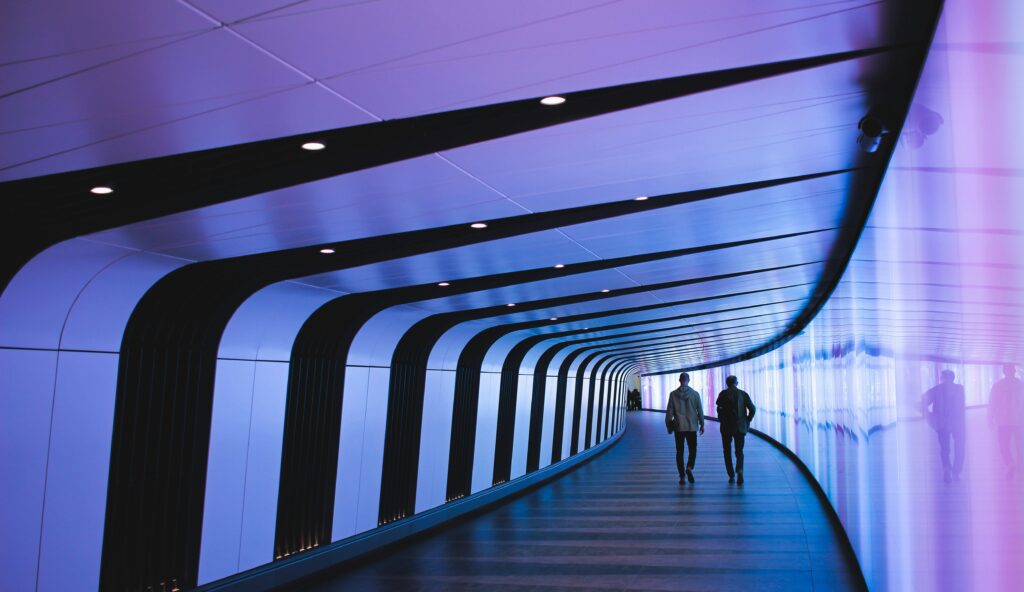
We know that every student learns in their own way. Some learn fast, some need more time. Some understand better through pictures, others through reading, or doing. That’s why learning should be personal.
Besides, if shopping can be personalized, why not learning?
Also, with the help of smart tools, it is now possible to create lessons that fit each student’s needs.
These tools can give quick support, provide more practice, or explain things in a new way. This new way of learning is changing classrooms for the better.
In this blog, we’ll look at how it works, why it helps, what problems it might bring, and what the future could look like for both students and teachers.
The Role of Artificial Intelligence in Personalized Learning

Google CEO Sundar Pichai once said,
“AI is perhaps the most significant thing humanity has ever worked on.”
Education is only one of the many areas that artificial intelligence (AI) has transformed in recent years. The use of AI in customized learning, a teaching strategy designed to accommodate each student’s particular requirements and skills, is one of the most revolutionary effects of AI in education.
This blog goes through the advantages, difficulties, and prospects of education in an AI-powered environment, as well as how AI facilitates individualized learning.
What is Personalized Learning?

“Technology is only a tool.”
The instructor is the most crucial person when it comes to inspiring the children and encouraging them to collaborate.
By tailoring the educational process according to each student’s preferences, talents, and needs, personalized learning expands on this concept.
Personalized learning acknowledges that each student learns differently, in contrast to conventional one-size-fits-all approaches. T
o guarantee the best possible engagement and comprehension, it uses strategies and technologies that modify the speed, content, and delivery. This strategy is greatly aided by AI, which scales and automates the customizing process.
How AI Powers Personalized Learning

As futurist Ray Kurzweil predicts,
“The future is widely distributed and personalized.”
By using data and advanced algorithms to modify instructional materials, artificial intelligence (AI) revolutionizes the way students learn. This is how it operates: ”
1. Data Collection and Analysis
AI systems gather large volumes of information on student performance, including exam scores, quiz results, and behavioral patterns during instruction. AI determines learning preferences and knowledge gaps by examining this data.
2. Adaptive Learning Platforms
AI is used by programs like Khan Academy, Duolingo, and Coursera to deliver content that is appropriate for each student’s level of proficiency. For example, the platform can adapt by providing more practice problems or clearer explanations if a learner is having trouble understanding a mathematical idea.
3. Real-Time Feedback
AI-powered solutions give students instant feedback, enabling them to fix errors right away and enhancing their learning. Gaining knowledge about students’ progress also helps teachers by allowing them to offer more specialized assistance.
4. Virtual Tutors and Chatbots
Virtual tutors with AI capabilities are on hand around the clock to help students with difficult subjects and provide answers to their queries. These resources improve the educational process, particularly for students who require additional support outside of the classroom.
Benefits of AI in Personalized Learning

Let’s explore how smart tools are making learning easier
1. Increased Engagement
Students remain engaged and motivated in their learning process when they are exposed to personalized content. Students are more likely to remain attentive when classes are tailored to their interests and learning style.
2. Efficiency and Timesaving
AI frees teachers from tedious duties like lesson planning and grading so they can concentrate on developing deep connections with their students.
3. Bridging Learning Gaps
AI guarantees focused responses that save pupils from falling behind by pinpointing the areas in which they struggle.
4. Scalability
AI breaks down geographical and resource constraints to enable the delivery of tailored learning to a large number of pupils.
Challenges of AI in Personalized Learning

As educators frequently say, “Every challenge is an opportunity to learn and grow.” Even with its potential, there are obstacles to overcome when incorporating AI into the classroom.
1. Accessibility Issues
The infrastructure and technology needed for AI-powered tools are not available to all students or schools. Inequalities in schooling may be made worse by this digital gap.
2. Data Privacy Concerns
AI systems depend on gathering and evaluating student data, which raises concerns regarding the security and storage of this data.
3. Dependence on Technology
An over-reliance on AI could result in less human connection in classroom settings, which is important for social and emotional growth.
4. Cost of Implementation
Developing and implementing AI solutions can be costly, making it difficult for underfunded institutions to adopt them.
The Future of Personalized Learning with AI

AI will surely play a role in schooling in the future. As technology advances, AI will improve in its ability to understand and predict students’ needs. Among the encouraging tendencies are:
- Emotion Recognition: AI might assess students’ moods by analyzing their voice tones and facial expressions, then modify the curriculum accordingly.
- Gamified Learning Experiences: AI has the potential to develop game-based, interactive learning environments that are adapted to each learner’s skill level.
- Global Collaboration: AI technologies have the potential to link students worldwide, promoting cross-cultural communication and cooperative education.
Conclusion
As Stephen Hawking remarked,
“AI will be either the best or worst thing ever to happen to humanity.”
AI has the power to completely transform education by enabling more efficient, interesting, and accessible tailored learning.
Even while there are still obstacles to overcome, the advantages greatly exceed the disadvantages, indicating that all students will eventually be able to learn at their own pace and in their own way.
Teachers, legislators, and tech developers must collaborate to guarantee fair access to AI-powered resources if this potential is to be fully realized. By doing this, we can develop an educational system that genuinely gives each student a chance to learn and improve.
How do you feel about AI’s place in education? Post your thoughts in the comments section below!

